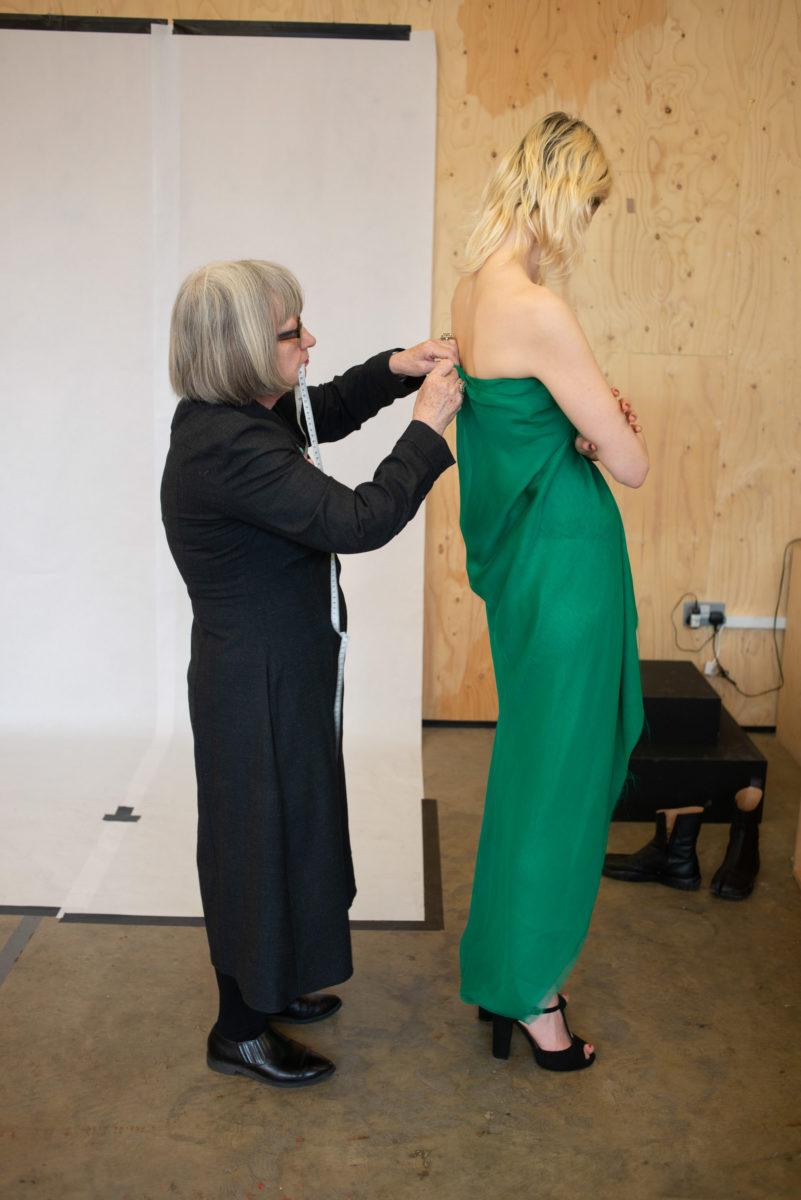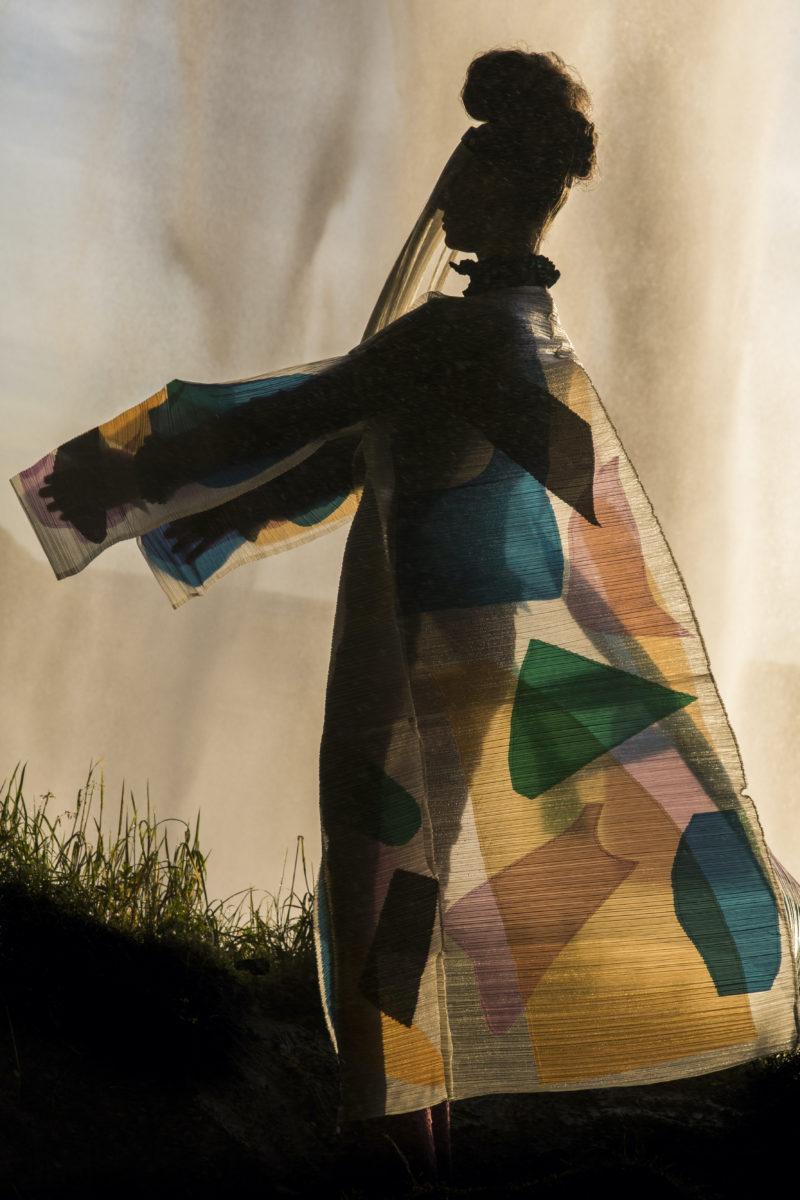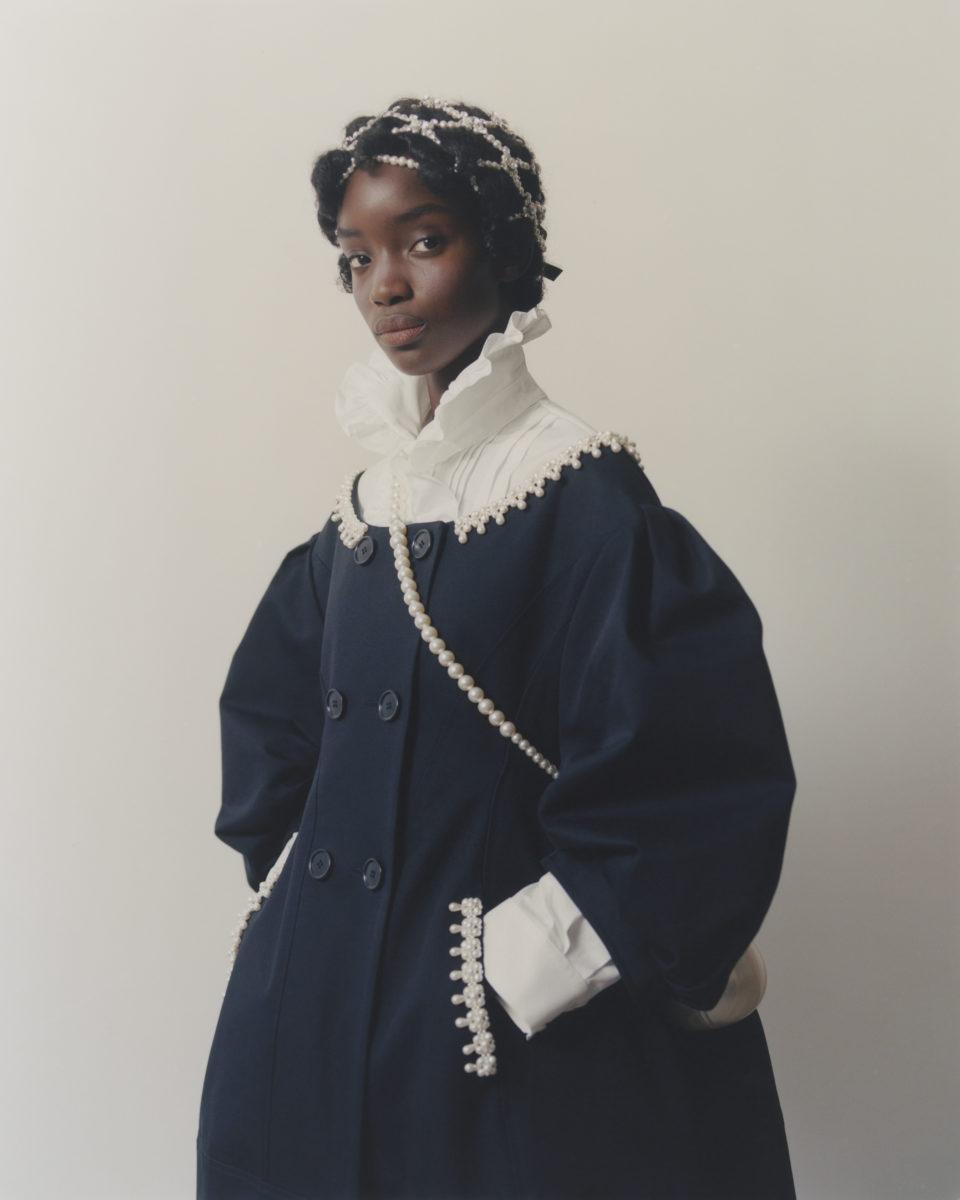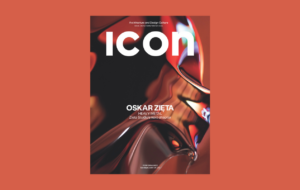Entitled Exploding Fashion: from 2D to 3D animation and Mirror Mirror – Fashion & The Psych, the exhibitions explore the mystique of the fashion design process and how clothing shapes identity
 Photography featuring ‘Paper Surgery’ by Veronika Georgieva in collaboration with Stephen j Shanabrook, 2010
Photography featuring ‘Paper Surgery’ by Veronika Georgieva in collaboration with Stephen j Shanabrook, 2010
Words by Alia Akkam
Between the plethora of fleeting photographs devoured online and the mass-produced apparel that shoddily reimagines runway originals, the luxe realm of fashion is frequently reduced to surface advertisements and static retail displays.
But a duo of recently opened exhibitions at ModeMuseum (MoMu) in Antwerp, Belgium, illuminates a more soulful side of the industry, reminding visitors of the craftsmanship and humanity that have long been intertwined with fashion.
The first, Exploding Fashion: from 2D to 3D animation (through 5 February 2023 ), is an enlightening research project led by London’s Central Saint Martins art and design college.
 Photography by Liam Leslie featuring Comme des Garçons dress, remade by pattern cutters at Central Saint Martins
Photography by Liam Leslie featuring Comme des Garçons dress, remade by pattern cutters at Central Saint Martins
It delves into the oft-forgotten importance of patternmaking through the lens of five striking dresses by renowned 20th-century designers, including the late Madeleine Vionnet, Charles James, Cristóbal Balenciaga, and Halston, as well as Rei Kawakubo, founder of the still-flourishing Japanese label Comme des Garçons, culled from various museums.
By reverse-engineering each of these delicate objects and remaking them into moving images, the Central Saint Martins team uncovered how these designs were first constructed to beautifully sway on the body, forging a dialogue between thoughtful, old-school haute couture and prêt-à-porter techniques and today’s pervasive digital technology.
Alistair O’Neill, a fashion historian, curator, and professor of fashion history and theory at Central Saint Martins, was so entranced by the savvy of his pattern-cutting colleagues that it propelled him to hatch the exhibition.
 Photography by Yuriko Takagi and featuring Issey Miyake, Spring-Summer 1995
Photography by Yuriko Takagi and featuring Issey Miyake, Spring-Summer 1995
‘Hearing them explain the craft, they sound one minute like a mathematician, then an engineer, then an architect,’ he says, noting how the pattern-cutter is tasked with the pivotal role of turning a designer’s vision, often reflected as a mere sketch, into a prototype known as a toile, ‘so they possess this understanding of how a two-dimensional idea translates into a three-dimensional garment.’
This knowledge, O’Neill points out, allows a designer to offer a distinctive fit within their collection, and ‘often bestows it with a uniqueness that distinguishes it from standardised manufactured clothing.’ The five dresses that find the spotlight in Exploding Fashion are all intentionally under–the-radar and excel in pattern-cutting, shunning tailoring, knitwear, and surface decoration.
‘We also tried to avoid any additional structuring of shape, such as the use of underskirts or corsets, as this would impact on how the dress design would fit and move on the body,’ says O’Neill. Rigorous research revealed connections between the garments, too. ‘For example, the looped nature of the Comme des Garçons dress is echoed by the panels of the Vionnet dress,’ he adds.
The exhibition is an opportunity, O’Neill believes, to highlight the undervalued pattern-cutter, who is ‘crucial to the evolution of fashion design,’ he says. ‘We need to create a culture where they are as respected as the fashion designer.’
An intriguing complement to Exploding Fashion is Mirror Mirror – Fashion & The Psyche (through 26 February 2023), developed in partnership with Dr. Guislain Museum in nearby Ghent. A riveting exploration of fashion’s relationship to psychology and how clothing shapes identity, it juxtaposes artworks from such talents as Sarah Lucas, Paul McCarthy, and Cindy Sherman with designs by the likes of Issey Miyake, Simone Rocha, and Walter Van Beirendonck, one of the legendary Antwerp Six.
Almost seven years ago, when she first started working at MoMu, curator Elisa De Wyngaert spent a lunch break in the company of ‘an army of naked mannequins waiting to be dressed. They were staring at me, both including and excluding me with their gazes, subtly mimicking different “human” gestures. Their silent presence left me anything but indifferent,’ she recalls. ‘In every aspect of my job, they have stayed with me as an embodiment of artistic potential and its limits.’
 Photography by Andrew Nuding featuring Simone Rocha, Spring-Summer 2021
Photography by Andrew Nuding featuring Simone Rocha, Spring-Summer 2021
De Wyngaert has a chance to probe this ‘uncanny attraction,’ as she puts it, in Mirror Mirror. ‘In most fashion exhibitions, the human body is discrete and quiet, in the background, symbolised by a nondescript mannequin or tailor’s bust. The focus is on the garments. The body beneath it all becomes an anonymous carrier, a kind of coat rack.’ Yet Mirror Mirror goes deeper, pulling the notions of body dysmorphia and self-reflection to the forefront.
The first part examines how art and fashion are critical to ‘breaking free from demanding beauty ideals. With unexpected forms and proportions, voluminous avant-garde creations in the space embrace diverse body types. I wanted to try to bring these garments, presented on “classical” tailor dummies, to life,’ explains De Wyngaert, who singles out acclaimed Black hair stylist Cyndia Harvey’s ‘dazzling black, shiny, and sculptural wigs’ as particularly animated touches.
In the second section, one encounters the haunting duality of dolls that straddle ‘the living and the lifeless. Comparatively, the history of art reveals how they have been and remain meaningful conduits for the articulation of critical ideas about society,’ De Wyngaert says, referencing how artists use dolls to comment on topics ranging from capitalism to the embedded power structures of the patriarchy.
 Photography by Josh Olins featuring Comme des Garçons, Autumn-Winter 2017-18
Photography by Josh Olins featuring Comme des Garçons, Autumn-Winter 2017-18
‘I love how all these different narratives and dolls of different proportions come together in symbiosis in our dollhouse on a human scale. The exhibition designers did an excellent job of playing with proportion, and by doing so, they turn us, the visitors, into miniature dolls.’
Exploding Fashion: from 2D to 3D animation is open now until 5 February 2023 at MoMu- Fashion Museum Antwerp. Mirror Mirror – Fashion & The Psyche runs until 26 February 2023. For more information, visit momu.be
Get a curated collection of design and architecture news in your inbox by signing up to our ICON Weekly newsletter
















